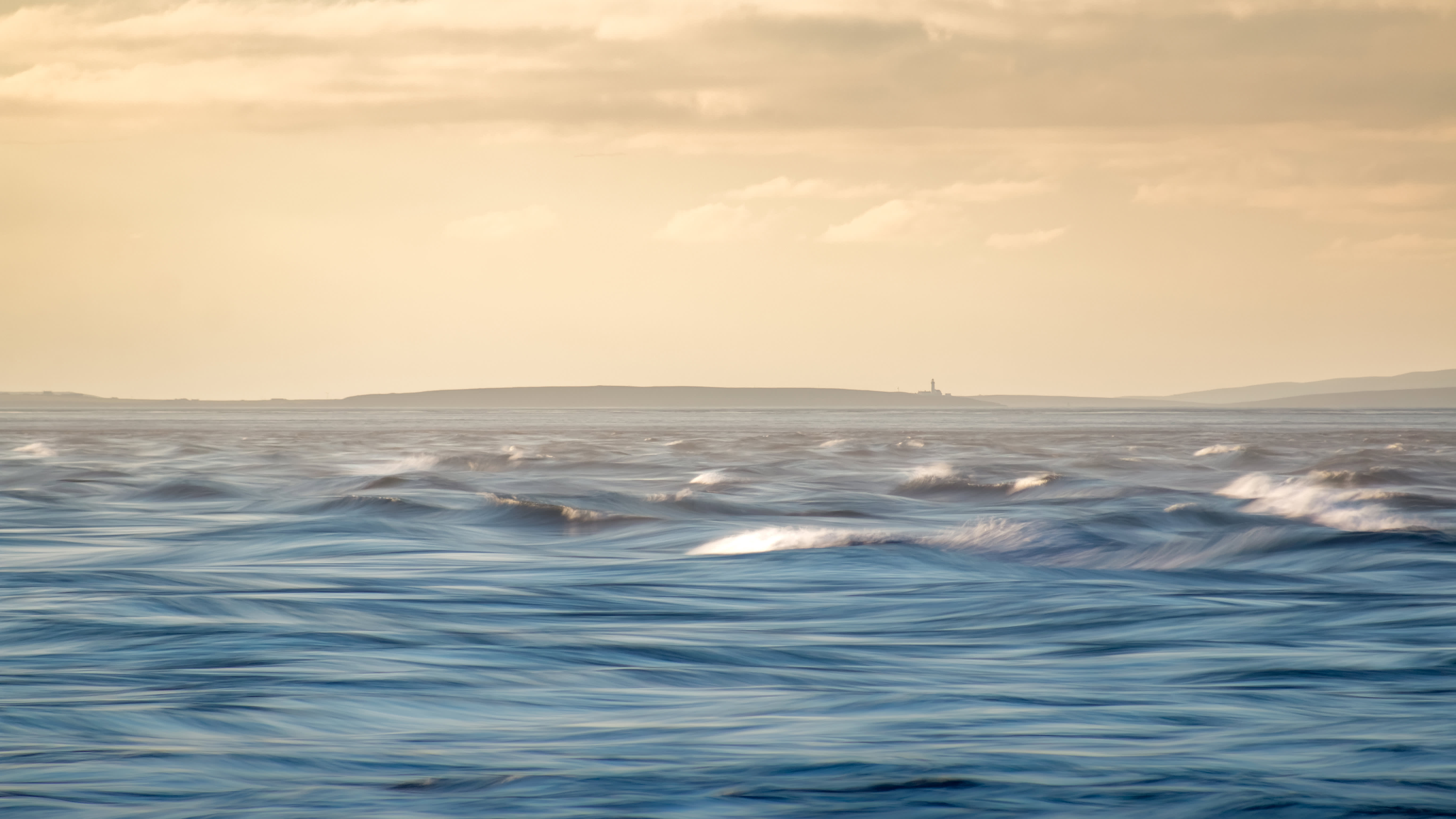Sunset over Pentland Firth, Scotland.
RyanDeanMorrison | iStock | Getty Images
Researchers in the U.K. are attempting to find sites for marine energy installations using drones, in what’s hoped will be a cost-effective alternative to current methods.
The 12-month project is headed up by scientists from the University of the Highlands and Islands in Scotland and will also involve researchers from Bangor University and Swansea University in Wales.
On Tuesday, UHI said drones would be used to “film the movement of water then apply algorithms to determine its speed.” The team will undertake tests in a range of weather conditions in Ramsey Sound, Wales, and Pentland Firth, Scotland.
The broad idea behind the pilot is that drones could offer a cheaper and more streamlined approach to finding potential spots for the installation of tidal turbines compared to current techniques, which use seabed sensors and survey vessels.
Benjamin Williamson, who is a scientist at North Highlands College UHI’s Environmental Research Institute, explained in a statement that measuring the flow speed and movement of water was “vital” for the development of offshore renewables.
“These measurements are needed to predict the performance and inform the placement of underwater tidal stream turbines or to optimise the moorings and design of floating turbines,” he said.
“Our aerial technique offers a cost-effective way to support environmentally-sustainable development of marine renewable energy,” he went on to add.
“It could be used in remote locations and developing countries where suitable survey vessels may not be available or to support community-based approaches to renewable energy generation.”
The International Energy Agency describes marine technologies as holding “great potential” but adds that extra policy support is required for research, design and development in order to “enable the cost reductions that come with the commissioning of larger commercial plants.”
Indeed, while there is excitement around the potential of tidal and wave power, the current footprint of these technologies remains quite small.
Recent figures from Ocean Energy Europe show that only 260 kilowatts (kW) of tidal stream capacity was added in Europe last year, while just 200 kW of wave energy was installed.
By contrast, 2020 saw 14.7 gigawatts (GW) of wind energy capacity installed in Europe, according to industry body WindEurope.
Looking ahead, the European Commission wants the capacity of ocean energy technologies to hit 100 megawatts (MW) by 2025 and roughly 1 GW by 2030.
Ocean Energy Europe says European waters are currently home to 10.1 MW of tidal stream installations. For wave energy, installations amount to 1.1 MW. The organization adds that 6 MW of wave and tidal installations are due in 2021.
